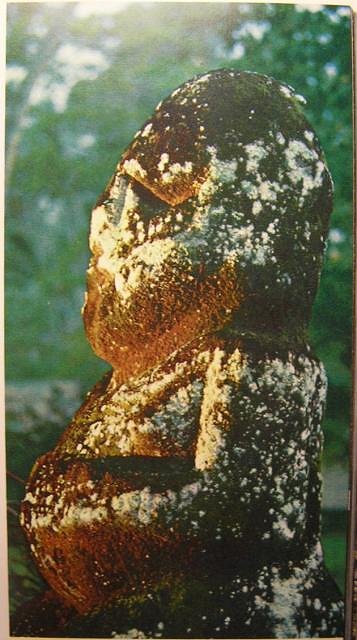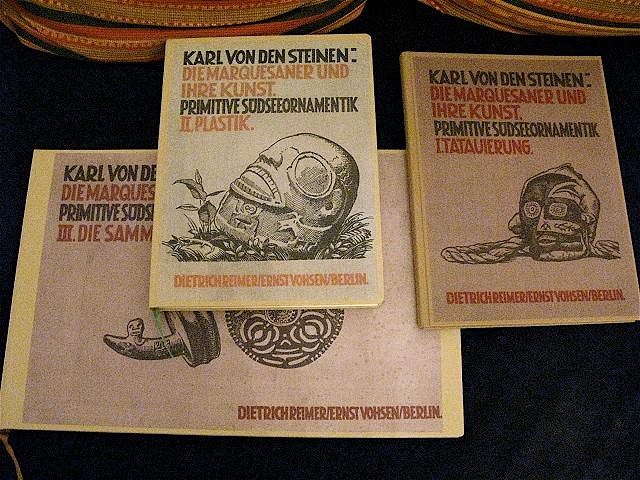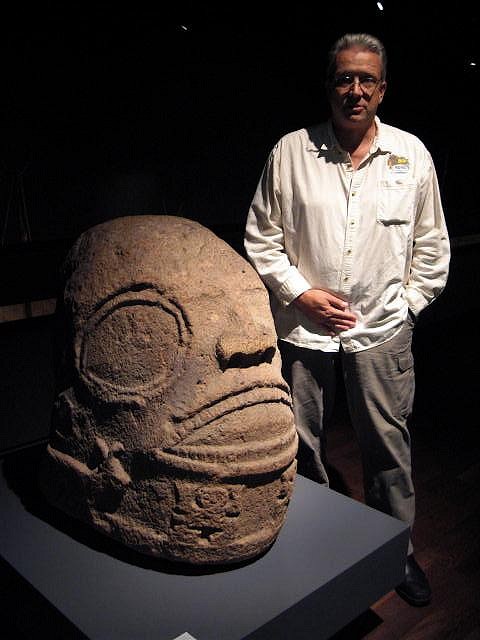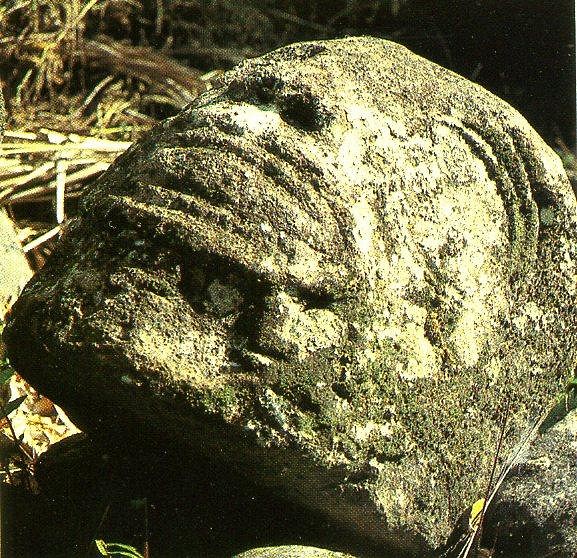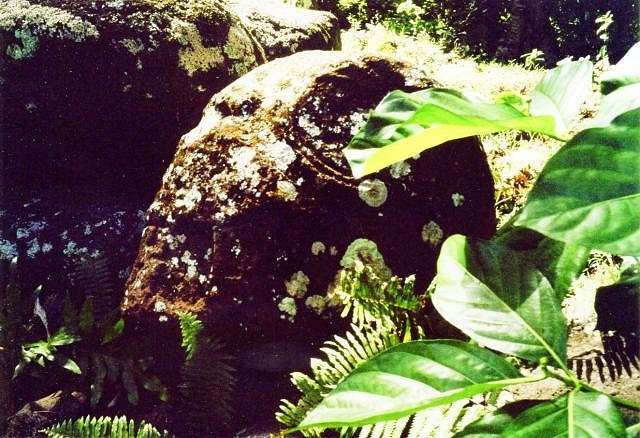Tiki Central / General Tiki / Primitive art in the Western world: Collecting and preserving art, or looting and money making?
Post #443195 by bigbrotiki on Sat, Mar 28, 2009 2:58 PM
|
B
bigbrotiki
Posted
posted
on
Sat, Mar 28, 2009 2:58 PM
That brings up the (to me) fascinating question of Tiki and Oceanic art preservation vs. art appropriation by a foreign power. The common explanation (or excuse?) that 19th and 20th Century European hunters and collectors of Oceanic art used to take carvings away from the villages and communities they found them in and stick them into museums or sell them to private collectors is the following (apart from acquiring them from the tribe in trade): In Oceanic mythology, carvings of ancestors deities were often (but not always) intended as temporary vessels to invoke the deity's spirit to reside in them for a limited time, like a particular ritual, or a certain period like harvest time. After that, they became worthless, and were discarded in the jungle or left to rot. But what did that mean to the CULTURAL tradition of a people? Whole areas in the South seas got "de-forested" of all antique tribal art, and tens of thousands of items now lie in storage in Western museums. Is that OK? To me it raises two questions: Below I am using an example (inspired by Zeta's post above) that clearly speaks FOR the museum ownership as guaranteeing the preservation of an art piece for future generations everywhere: In the late 1800s German art historian Karl von den Steinen travelled to and lived in the Marquesas Islands, and with German perfectionism recorded and cataloged all remaining Marquesan art he could find. Lots of it had already disappeared, the native population had been severely decimated by Western diseases, and with that many traditions had been lost. But today von den Steinen's studies, published in three volumes at the turn of the century, are used as templates for classic tattooing and carving that would have been lost otherwise, also:
For the cover of his volume on statuary, he used a giant stone carving of the ancestor Manuiotaa, which he loaded on a freighter, and brought it back to the Berlin Museum of Anthropology. There it still resides today:
Interestingly so, the temple site where the stone head came from, Iipona on Hiva Oa, http://www.galenfrysinger.com/meae_iipona_marquesas.htm
Not so when I came upon it in 2002, during my visit with the Aranui:
Its facial features are so washed out, the above website doesn't even show the piece anymore. In any case, the question posed here does not fully concern the lovers of mid-century and contemporary Tiki culture, because we wholeheartedly promote the promulgation of Polynesian INSPIRED Tiki art, not ORIGINAL Tiki art --which is just AS fascinating ...and eminently more affordable! :) But it is of interest to all who philosophize about the origins of the Western obsession with "primitive" art. I invite everyone to add their thoughts on the above questions in this thread. [ Edited by: bigbrotiki 2009-03-29 08:56 ] |

